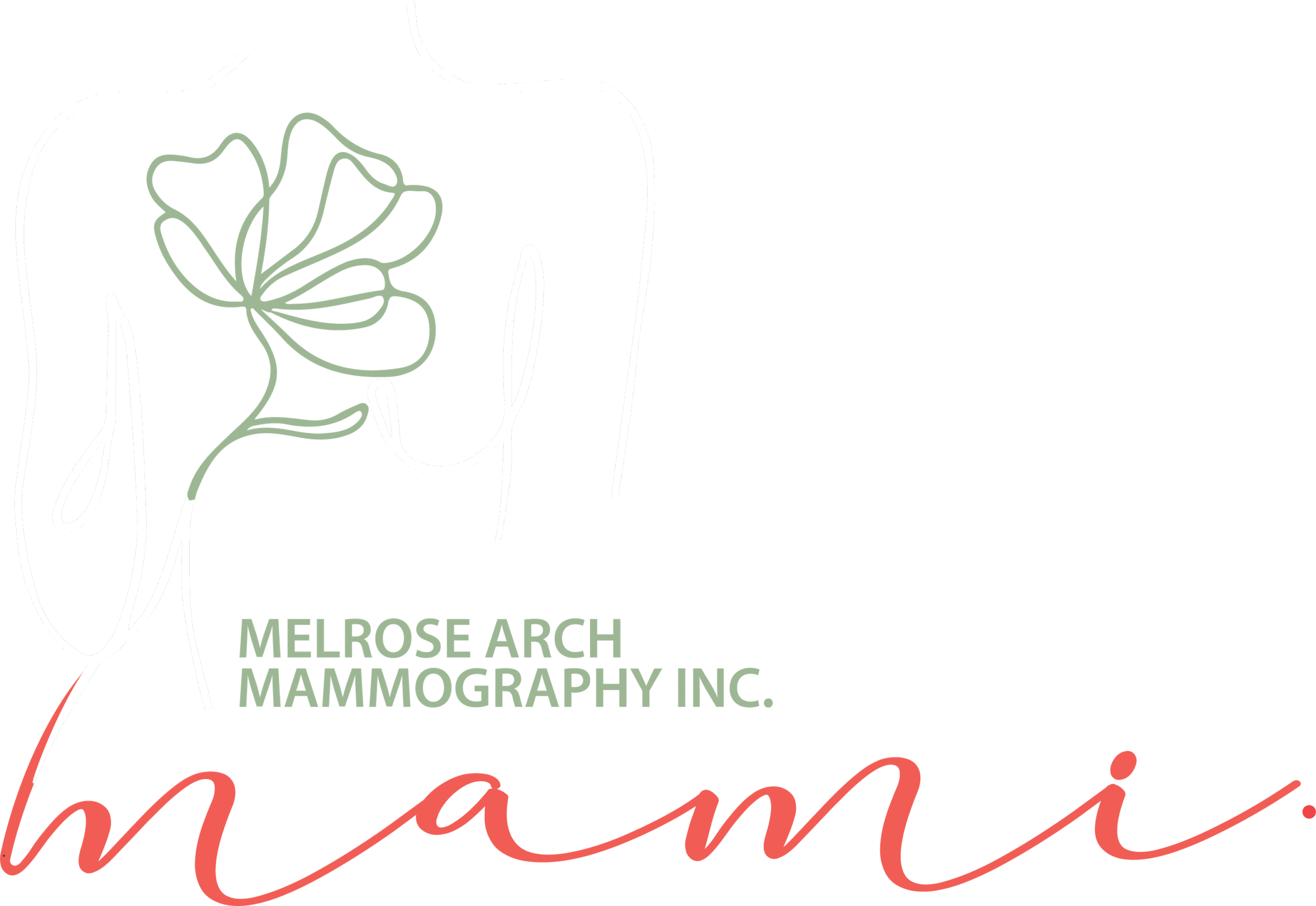
Almost every woman I know experiences stomach-related problems—whether it’s bloating, pain, or digestive issues. At one stage of my life, my gut health was so compromised that it showed up as chronic reflux, erosive gastritis, persistent IBS, food intolerances, unexplained weight gain, and eventually, 20 colonic polyps. I was a mess—my stomach was screaming at me—and I knew I had to make changes before it developed into something far worse.
I’m proud to say that through the knowledge I’m about to share, I’ve healed my gut. I’m off all chronic medications, and my most recent colonoscopy was completely clear, with no need for another for seven years.
As with all aspects of health, understanding the gut requires a holistic approach. Our digestive stability is influenced not just by our biology, but also by our thoughts, emotions, and environment.
Trying to heal your gut without considering all aspects is almost impossible. That said, there’s no need to tackle everything at once. The key is to begin with whatever path resonates most right now—it will naturally lead you to the others, and ultimately to healing.
THE GUT
THE BIOLOGY

Dr. Skye & Dr. Melinda
Health with Heart, founded by Dr. Skye Scott and Dr. MELINDA Whitfield, was born out of their shared belief that every person has the right to radiant health and empathetic care.
Since 2012, they have built a practice that goes beyond traditional GP services, weaving together allopathic, naturopathic, functional, and holistic approaches to create true integrative care. Their work also extends into corporate wellness, where they bring the same depth of care to leaders and teams, helping them stay focused, resilient, and future-ready.
THOUGHTS & EMOTIONS
Follow the links below to our previous installments that cover thoughts and emotions.

Health With Heart contact details:
Email
mailto:staywell@healthwithheart.co.za
Book online at www.healthwithheart.co.za
related podcasts
The Gut Microbiome, Gut Lining, and Immune System
Your Frontline of Defence
When we think of our immune system, we often imagine white blood cells fighting off invaders deep inside our bodies. But in truth, one of the most critical battlegrounds for our health lies right at the interface between the outside world and our internal landscape: the gut. At the forefront of this interface is the gut microbiome — a vast, diverse and dynamic community of trillions of microbes, including bacteria, viruses, fungi, and archaea, that live predominantly in our intestines. These microbial allies outnumber our own human cells by staggering margins, and their collective genetic material is hundreds of times larger than our human genome. That means that much of the ‘programing’ that our cells receive comes from our microbes rather than our human dna.
This microbiome isn’t just a passive collection of inhabitants. It plays an active, symbiotic role in digestion, nutrient synthesis, toxin neutralization, and — critically — immune regulation. You can think of it as your first layer of defence, a living, breathing extension of your immune system that constantly samples and interprets the environment, distinguishing between friend and foe.
Beneath this bustling microbial metropolis lies the gut epithelial lining, a single-cell-thick barrier that is both delicate and incredibly vital. This cellophane-thin layer of cells forms a selectively permeable shield, allowing essential nutrients to pass into the bloodstream while blocking harmful substances and other large molecules. It also communicates constantly with the microbiome above and the immune system beneath. The intelligence of this sheath is dependent on the integrity of the systems that support and defend it.
Just under this gut lining sits a rich network of immune cells, known as the Gut-Associated Lymphoid Tissue (GALT)— the largest reservoir of immune cells in the body. This close proximity between the microbiome, gut lining, and immune system allows for a highly coordinated response to potential threats. When the microbiome is diverse and balanced, it educates the immune system to respond appropriately, fostering tolerance to harmless substances like food proteins, while staying vigilant against pathogens and invaders.
However, when this intricate relationship is disrupted — through poor diet, alcohol, stress, medications, or infections — the gut lining can become “sieve like,” allowing unwanted particles to cross into the bloodstream and triggering chronic immune activation. This state of dysregulation has been linked to a wide array of conditions, from autoimmune diseases to allergies and even mood disorders.
The microbiome, gut lining, and immune system form a three-tiered defence system, where balance and communication are key. Nurturing this relationship through fibre-rich, diverse diets, mindful stress management, and respectful use of medications is foundational to vibrant health and reducing your risk of autoimmune disease processes.
This system is so inspiring because we have so much power over its wellbeing. How we eat and how our brains perceive the world impact this system and vice versa. I like to think of the gut and the brain and the microbiome as one intersectional tri directional system. Our diets can impact our pain perception, our immune regulation and our mental wellbeing. If you are struggling with any part of this delicate system, examining your diet and environment is a positive first step toward healing and restoring wholeness.
Branding, Design & Media by Melisa Liebovitz :
083 393 1313 * mliebovitz@gmail.com * http://www.behance.net/melisa-liebovitz


